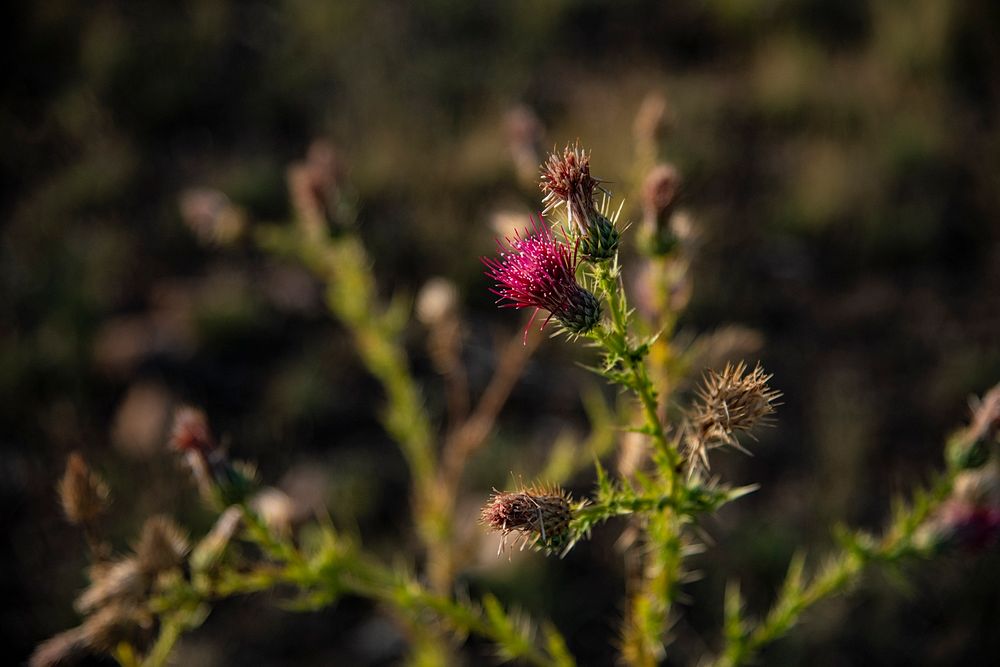
Flowering plants in the U.S. Department of Agriculture (USDA) Forest Service (FS) Apache-Sitgreaves National Forests, where the Heber Wild Horse Territory is home to many feral horses in high central Arizona area, on Sept. 27, 2019.
Forest Service Wild Horse and Burro Coordinator Dr. Tolani Francisco, DVM MPH, Forest Supervisor Steven Best, Cattle Grazing Permittee Rodney Wayne Porter, Arizona Elk Society Founding Board Member and Vice President Tice Supplee, Arizona Game & Fish Department, White Mountain Apache Tribe, land owners and others begin the work to draft proposed actions that balances feral horse, wildlife, and land management of the forest and private cattle operations. The wildlife in this area also includes elk, mule deer, pronghorn sheep, javelina, mountain lions, and black bear. Of these, horse are the only ones who are not prey to the mountain lion and black bears, and cannot currently be culled as are elk. Also, cattle, elk and horses graze on the same type of grass, a challenge to manage the animals who feed on it, and also for the grass which also needs water in an increasingly drought prone area. In several areas, ranchers have build tin roofed structures that capture water in tanks that feed watering sites surrounding it. The horse population has increased the demand for water from these sites that did not originally account for them. For more information about the Wild Horse and Burro program, please go to fs.fed.us/wild-horse-burro.
USDA Photo by Lance Cheung.
. Original public domain image from Flickr